?
Sewing is a skilled craft that involves the use of various tools and techniques to create beautifully crafted garments, accessories, and other textile projects. In order to successfully execute a sewing project, you need to have a thorough understanding of the different types of sewing tools and their functions. In this article, we will delve into the definition of sewing tools and their role in the sewing process.
The Basics of Sewing Tools
Sewing tools are a crucial part of any sewing project. They are used in various stages of the sewing process, from measuring and cutting to sewing and final finishing. With the right sewing tools, you can achieve professional-looking results and make your sewing experience more enjoyable. As a beginner, it is essential to familiarize yourself with the different sewing tools and their purposes to help you navigate through the world of sewing.
Measuring Tools
The first step in any sewing project is taking measurements to ensure a proper fit. The following are some of the essential measuring tools that every sewist should have:
- Tape Measure: This flexible plastic or fabric measuring tape is used to measure different body and fabric dimensions.
- Ruler: A ruler is a straight-edged tool used for precise measurement of small areas, seam allowances, and hems.
- French Curve: This curved ruler is perfect for marking and varying curved garment seams and hemlines.
Cutting Tools
After taking measurements, the next step is cutting the fabric. Some of the essential cutting tools are:
- Fabric Shears: These scissors are specifically designed to cut fabrics with precision and ease.
- Seam Ripper: This tool is used for carefully removing stitches without damaging the fabric.
- Pinking Shears: These scissors have jagged blades that create a zigzag edge to prevent fraying and finish seams.
Marking and Tracing Tools
Marking tools are used to transfer pattern markings onto the fabric accurately. Some common marking tools include:
- Marking Chalk: This is a temporary marking tool that easily wipes away with a damp cloth, making it ideal for light fabrics.
- Tracing Wheel: This tool is used with carbon paper to precisely transfer pattern markings onto the fabric.
- Tailor’s Chalk: This is a thicker and more durable marking chalk, perfect for marking on dark or heavy fabrics.
Sewing and Finishing Tools
Once you have measured, cut, and marked the fabric, it is time to sew and finish your project. Some of the essential sewing tools include:
- Sewing Machine: A sewing machine is a must-have tool for any sewist. It speeds up the sewing process and ensures accurate stitching.
- Hand Sewing Needles: These needles come in different sizes and are used for different types of hand-sewing tasks.
- Pins: Pins are essential for holding fabric pieces in place before and during sewing.
- Iron and Ironing Board: Ironing is a crucial step in achieving a professional finish. It helps to press seams, creases, and pleats to give your project a polished look.
In Conclusion
Sewing tools are an integral part of the sewing process. Each tool is designed for a specific function, and having the right tools can make all the difference in the outcome of your project. As you continue on your sewing journey, you may discover other specialized tools that will enhance your skills and techniques. But for now, having these basic sewing tools in your arsenal will help you tackle a variety of projects with confidence.
Remember, investing in good quality sewing tools will not only make sewing a more enjoyable experience, but it will also save you time and frustration. So, whether you are a beginner or an experienced sewist, it is essential to understand the definition and purpose of sewing tools to help you achieve professional results in your sewing projects.
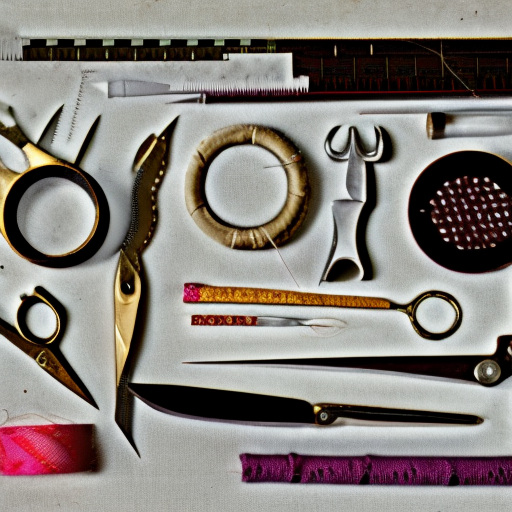
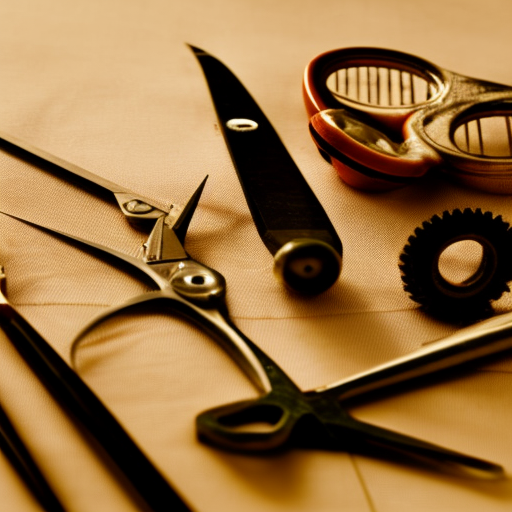
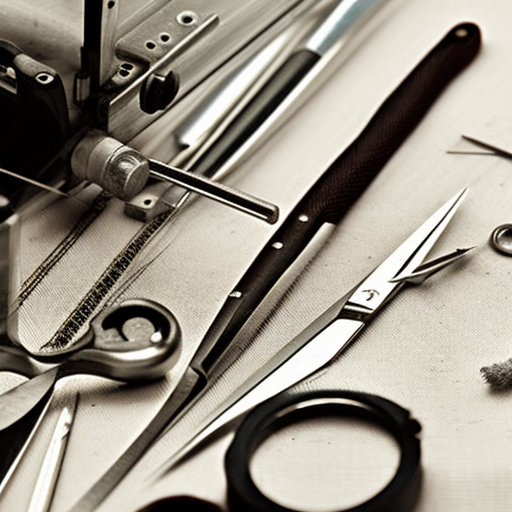
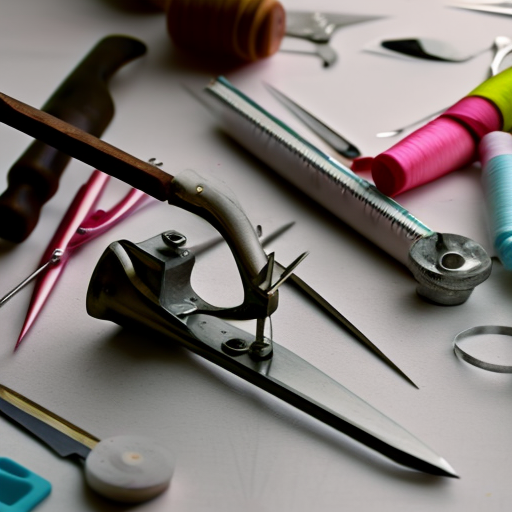
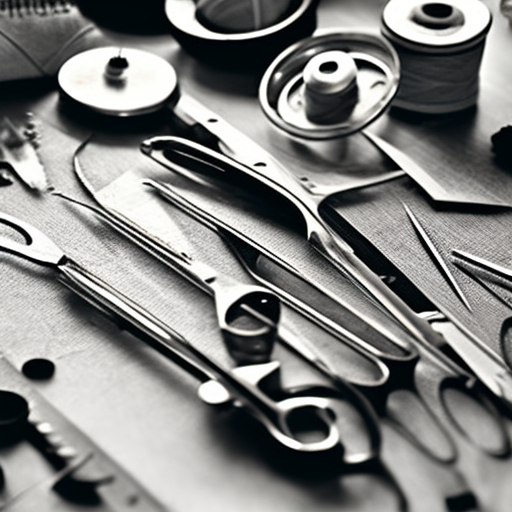
Excellent post!
F M: Good overview of basic tools
A great introduction to the essentials for anyone starting out in sewing! With these tools at hand, you’ll be able to create just about anything you set your mind to.
Very helpful information!
Super useful information!